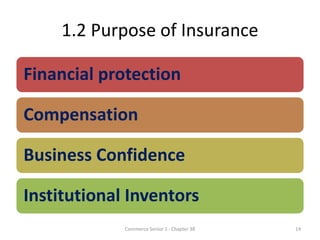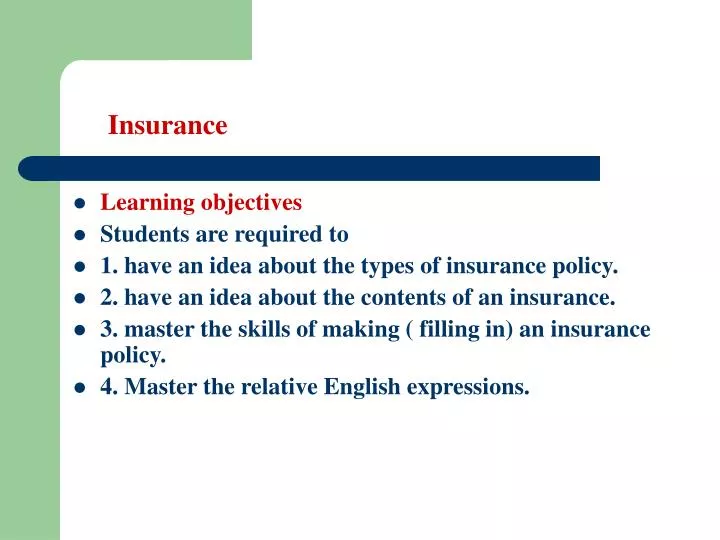The Buzz on Pacific Prime
The Buzz on Pacific Prime
Blog Article
The Definitive Guide to Pacific Prime
Table of ContentsThe Single Strategy To Use For Pacific PrimePacific Prime for BeginnersNot known Factual Statements About Pacific Prime Rumored Buzz on Pacific PrimeThe Ultimate Guide To Pacific Prime

This is due to the fact that the information were gathered for a period of solid economic performance. Of the approximated 42 million people who were without insurance, just about about 420,000 (concerning 1 percent) were under 65 years old, the age at which most Americans become eligible for Medicare; 32 million were grownups in between ages 18 and 65, around 19 percent of all adults in this age group; and 10 million were youngsters under 18 years old, regarding 13.9 percent of all kids (Mills, 2000).
These price quotes of the variety of persons uninsured are produced from the yearly March Supplement to the Current Populace Study (CPS), conducted by the Census Bureau. Unless otherwise kept in mind, national quotes of people without wellness insurance policy and percentages of the population with different kinds of coverage are based upon the CPS, one of the most commonly utilized resource of price quotes of insurance policy protection and uninsurance rates.
The Pacific Prime Statements

Still, the CPS is specifically useful due to the fact that it generates yearly quotes relatively rapidly, reporting the previous year's insurance coverage approximates each September, and due to the fact that it is the basis for a regular collection of estimates for greater than two decades, enabling for analysis of fads in protection in time. For these reasons, along with the extensive use the CPS in other studies of insurance policy protection that are offered in this report, we rely upon CPS quotes, with restrictions noted.

The quote of the number of uninsured individuals increases when a populace's insurance coverage condition is tracked you could look here for several years. Over a three-year period beginning early in 1993, 72 million people, 29 percent of the united state population, lacked coverage for a minimum of one month. Within a solitary year (1994 ), 53 million people experienced at the very least a month without insurance coverage (Bennefield, 1998a)
6 out of every ten without insurance adults are themselves employed. Functioning does boost the probability that one and one's family members will certainly have insurance policy, it is not a warranty. Even participants of family members with two full-time wage earners have nearly a one-in-ten opportunity of being without insurance (9.1 percent without insurance rate) (Hoffman and Pohl, 2000).
The Basic Principles Of Pacific Prime
New immigrants make up a considerable proportion of people without medical insurance. One analysis has connected a considerable part of the recent growth in the size of the U.S. without insurance population to immigrants who showed up in the country between 1994 and 1998 (Camarota and Edwards, 2000). Recent immigrants (those who concerned the United States within the past 4 years) do have a high rate of being without insurance (46 percent), but they and their kids represent just 6 percent of those without insurance policy across the country (Holahan et al., 2001).
The relationship between medical insurance and accessibility to care is well developed, as recorded later on in this phase. Although the partnership in between medical insurance and wellness outcomes is neither direct nor basic, a comprehensive scientific and health and wellness solutions research study literary works web links medical insurance protection to better accessibility to care, much better high quality, and improved individual and populace health standing.
Levels of analysis for taking a look at the results of uninsurance. This conversation of wellness insurance policy coverage focuses mainly on the U.S. populace under age 65 since virtually all Americans 65 and older have Medicare or various other public protection. Furthermore, it concentrates specifically on those without any health and wellness insurance for any kind of size of time.
Pacific Prime Fundamentals Explained
The troubles dealt with by the underinsured are in some aspects similar to those faced by the without insurance, although they are usually much less serious. Health and wellness insurance coverage, nevertheless, is neither required nor adequate to obtain access to clinical services. The independent and direct result of health insurance protection on access to health services is well developed.
Others will obtain the health and wellness care they require also without medical insurance, by paying for it expense or seeking it from providers that offer care complimentary or at very subsidized prices. For still others, medical insurance alone does not make sure invoice of care due to other nonfinancial obstacles, such as an absence of healthcare service providers in their area, restricted access to transportation, illiteracy, or linguistic and social differences.
Pacific Prime Can Be Fun For Everyone
Formal research study regarding without insurance populaces in the United States dates to the late 1920s and early 1930s when the Board on the Price of Treatment generated a series of records about financing medical professional office check outs and hospital stays. This problem became prominent as the varieties of medically indigent climbed during the Great Anxiety.
Report this page